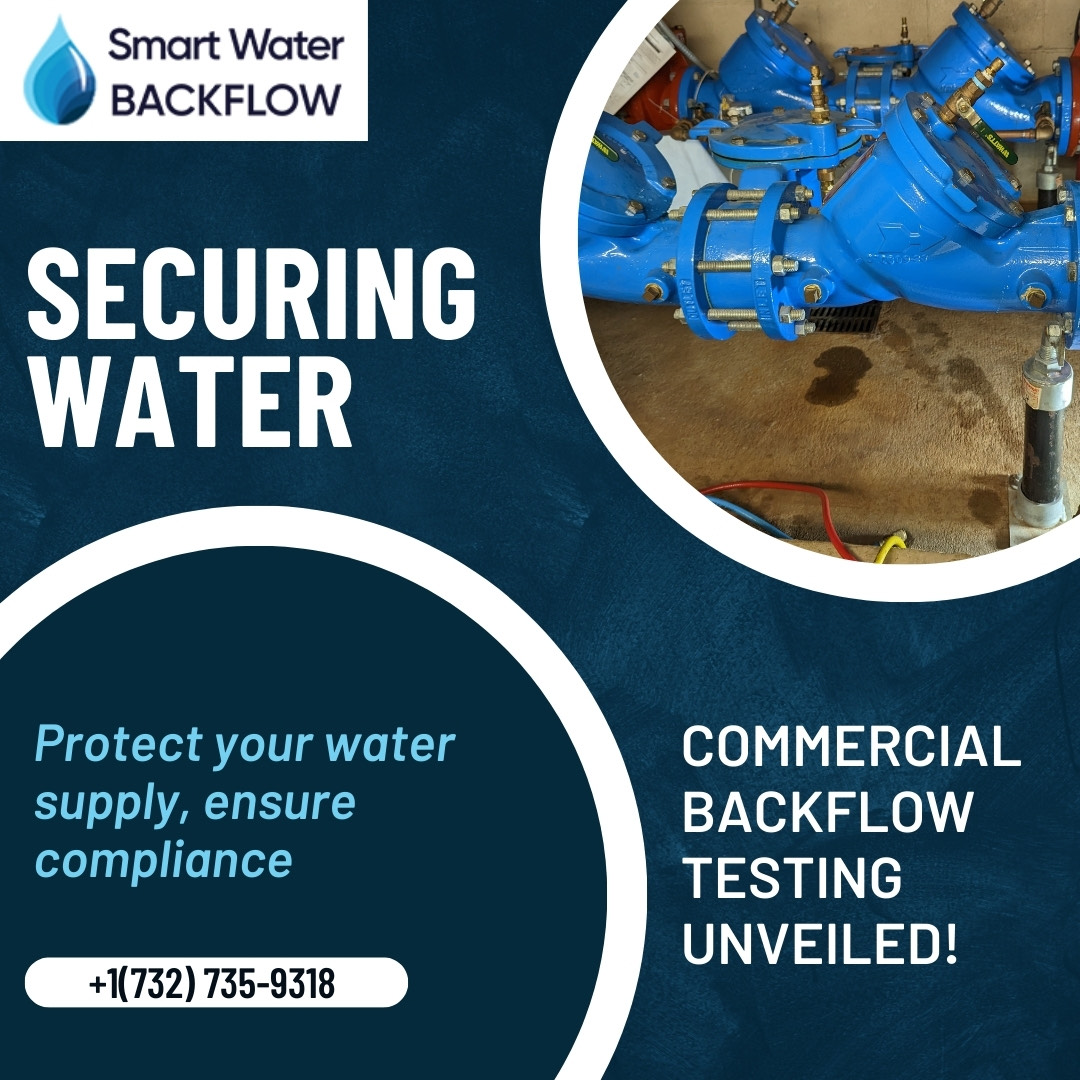Understanding SVB Backflow Prevention: A Quick Guide

SVB backflow prevention is frequently overlooked but is extremely important for maintaining the purity of our water supply. In this quick guide, we’ll break down its basics, why it matters, common issues, and simple tips for homeowners to prevent potential risks.
What is SVB Backflow?
Let’s start with the basics. SVB, or Spill-Resistant Vacuum Breaker, is designed to prevent backflow in your plumbing system. When water in your pipes flows in the wrong direction, it’s known as backflow, contaminating your clean water supply. The SVB backflow preventer acts as a guardian, stopping this unwanted reversal and maintaining the integrity of your water.
Why is SVB Backflow Prevention Important?
Imagine turning on your kitchen faucet for a refreshing glass of water only to discover it’s contaminated with harmful substances. This is the nightmare scenario that backflow prevention aims to prevent. Keeping pollutants out of your clean water supply safeguards the health and well-being of you and your family.
Common Issues and Potential Risks:
Cross-Connection Contamination:
One of the primary concerns associated with backflow is cross-connection contamination. It happens when your drinking water and a contaminated source are connected. For instance, if there’s a drop in water pressure due to a burst pipe, contaminants from your garden hose could be siphoned back into your home’s water system.
Chemical Backflow:
In certain situations, backflow can introduce chemicals into your water supply. It could be from a nearby industrial facility, a lawn irrigation system, or a swimming pool. The potential risks range from unpleasant taste and odor to severe health hazards.
Backsiphonage:
Backsiphonage is a process where a vacuum or low-pressure situation in your plumbing system allows contaminants to be drawn back into the water supply. It can happen during water main breaks, firefighting activities, or flushing hydrants.
Simple Tips for Homeowners to Prevent SVB Backflow:
Install and Maintain SVB Backflow Preventers:
The first line of defense is installing an SVB backflow preventer in your plumbing system. Regularly inspect and maintain this device to ensure it’s functioning correctly. If you don’t have one, consider consulting a professional plumber to install one.
Separate Water Systems:
Keep your water systems separate. Avoid connecting your garden hose to areas where contamination is likely, such as chemical containers or stagnant water sources. If you need more clarification, consult a plumbing expert for proper separation.
Monitor Water Pressure:
Unexpected changes in water pressure may be a factor in backflow. Watch your water pressure, and if you find any odd variations, get help from a licensed plumber immediately to fix the problem.
Regular Plumbing Inspections:
Schedule routine inspections of your plumbing system. Look for a reliable ‘water testing near me’ and get in touch with a professional plumber. He can identify potential vulnerabilities and make necessary adjustments to prevent backflow.
Conclusion:
Although SVB backflow prevention is not a common topic of discussion, you cannot overlook its significance. By understanding the basics, recognizing common issues, and implementing simple preventive measures, homeowners can take proactive steps to protect their water supply and ensure the health and safety of their families. Remember, a small investment in prevention today can save you from potential water woes in the future.
Leave a Reply